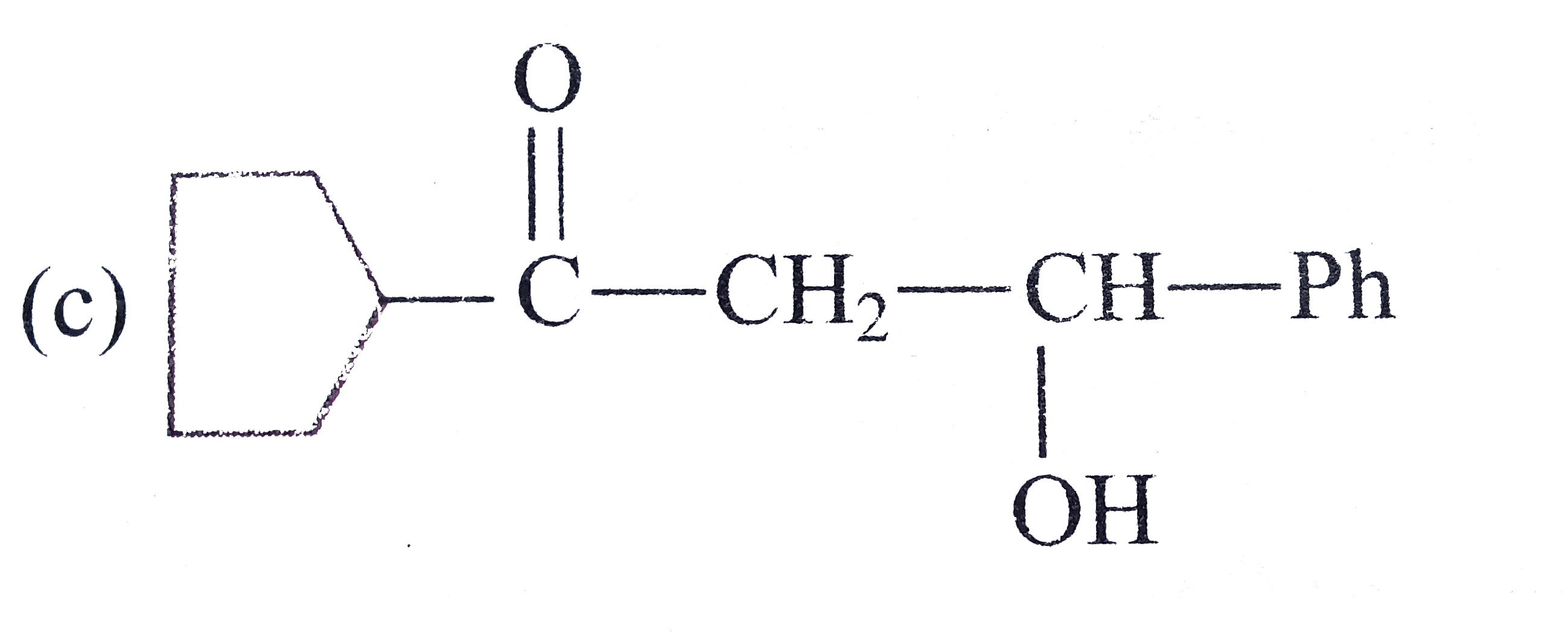Gas(A) + NaOH→BΔ−−→CΔ−−→D C and D decolourises acidified KMnO4 .Identify C and D.
Na2CO3.NaOH
(COOH)2,(COONa)2
(COONa)2,(COOH)2
None of these
The correct Answer is:C
COA+NaOH→NaCOONaBΔ−−−−−→−H2(COONa)2cH+−−→(COOH)2D
Topper's Solved these Questions
Similar Questions
colourless salt (A)Δ−−−→740∘C(B)+(C)Cu2+,Δ−−−−−→ blue coloured bead (D)
Identify the compound (A),(B),(C ) and (D).
View SolutionAssign groups to the elements A,B,C,D and E starting from element X(group2nd)
X(IIA)−α−−→A−β−−→B−β−−→C−α−−→D
What is relation between A and D?
What is relation between A,B and C?
View Solution
Knowledge Check

A+BNaOH−−−→Δ Product :A B
B C
C DPh−CH=CH−O∣∣C−Ph
DPh−CH=CH−O∣∣C−PhD-Glucose NHO3−−−→Δ(A), Product (A) is :
AD-Gluconic acidBD-GlucitolCD-FructoseDD-Glucaric acidMg3N2H2O−−→A(gas)CuO−−→ΔB+C(g)+H2O,C(g) can be obtained by heating:
AIt can also be obtained by heating Pb(NO3)2BIt is a brown coloured gas with paramagnetic natureCOn cooling 'D' undergoes dimerisation to form colourless substance with diamagnetic natureDall are correct
When a colourless gas (A), which is poisonous and burns with blue flame, is passed through aqueous NaOH solution, gives a compound (B). Compound (B) on heating gives (C). (C) gives a white precipitate (D) with CaCl2. Both (C) and (D) decolourises KMnO4. Identify (A) to (D).
View SolutionIn the sequence of the reaction
A−β−−→B−β−−→C−α−−→D, what is the relationship between D and A?
View Solution Br2−−→hv(A)alc. KOH−−−−→(B)OsO4−−→(C)HlO4−−→(D), Identify 'D'
Br2−−→hv(A)alc. KOH−−−−→(B)OsO4−−→(C)HlO4−−→(D), Identify 'D'
View Solution(I) Salt 'A' + dil H2SO4→'B' gas ['B' has suffocating odour]
(II) Salt 'A'+Pb(OAc)2→C(⏐↓)Δ−−→'D'(⏐↓) ['C' and 'D' both are white ppt.]
Here, anion of salt 'A' and 'D' are:
View SolutionZnCI2+NaHCO3Heat−−→(A)Heat−−→(B)+(C)+H2O(B)+NaOH→(D)
Identify the compound (D) present in the solution.
View Solution
